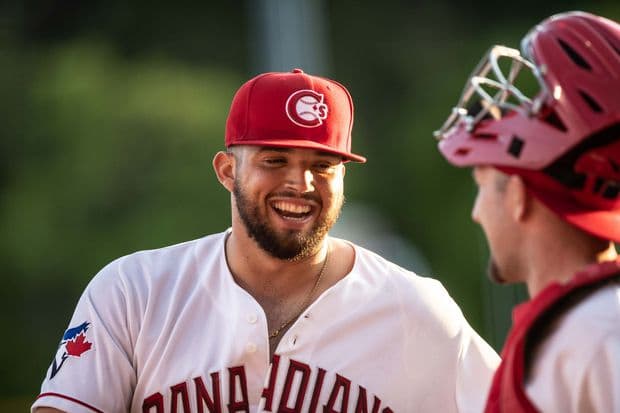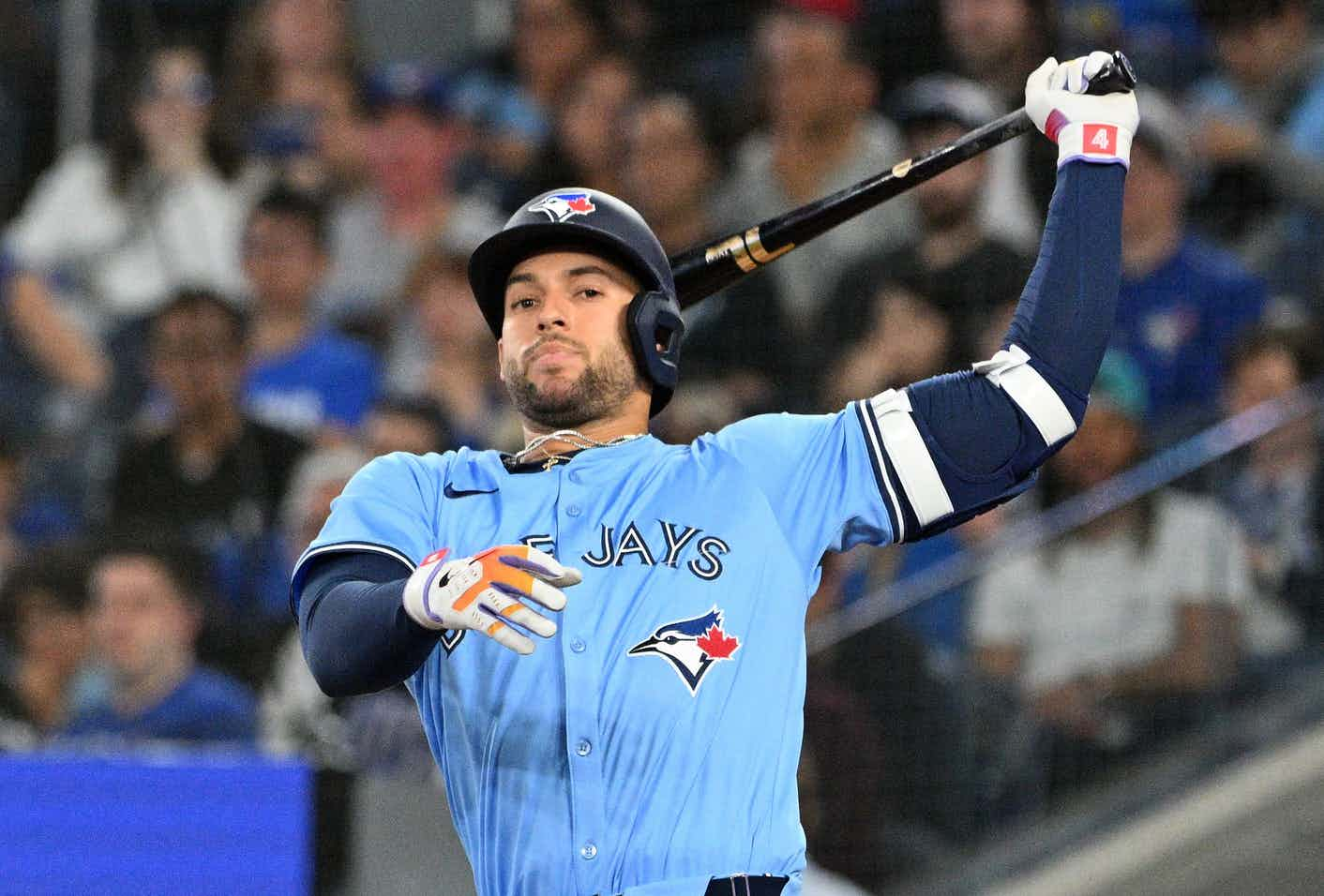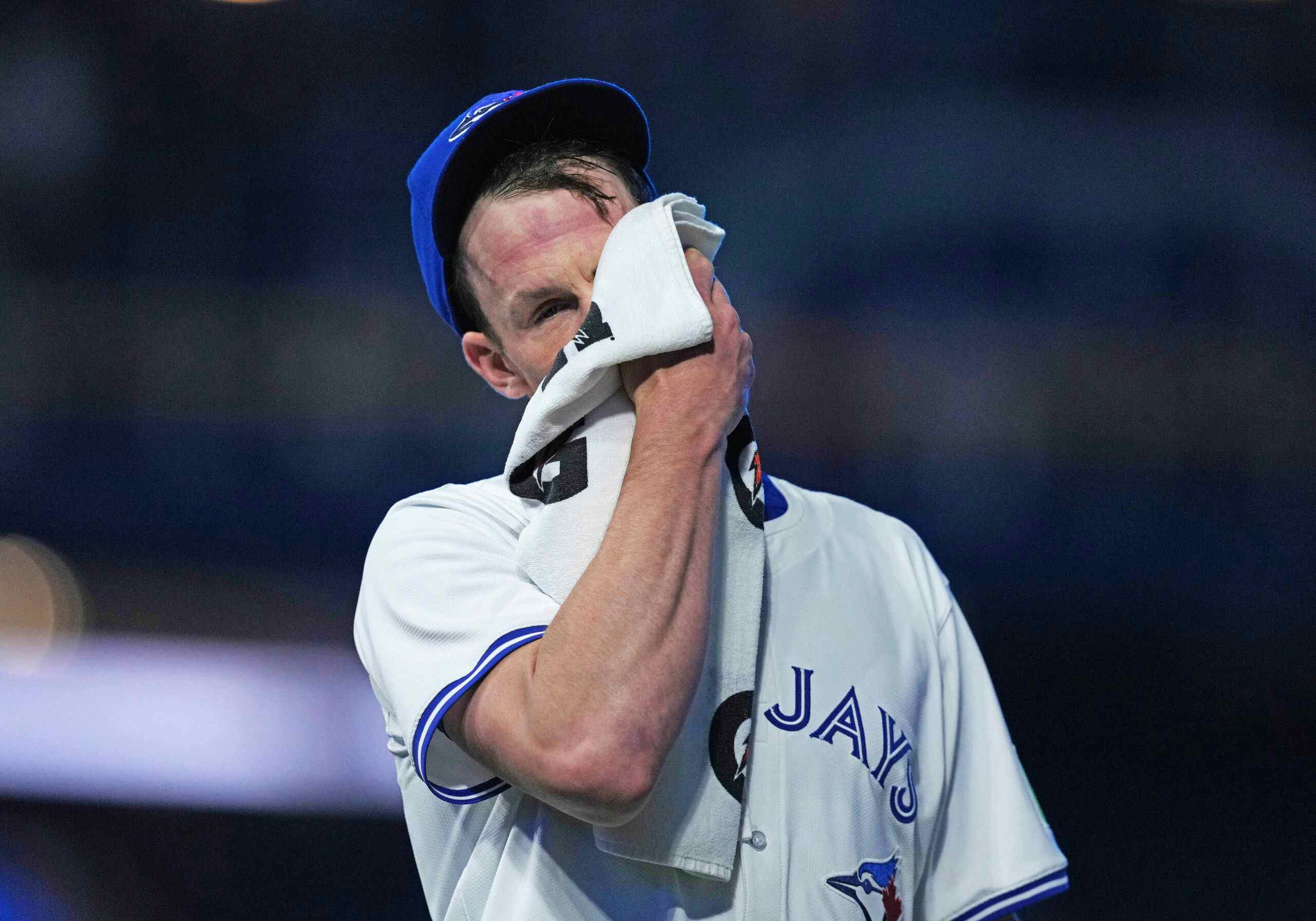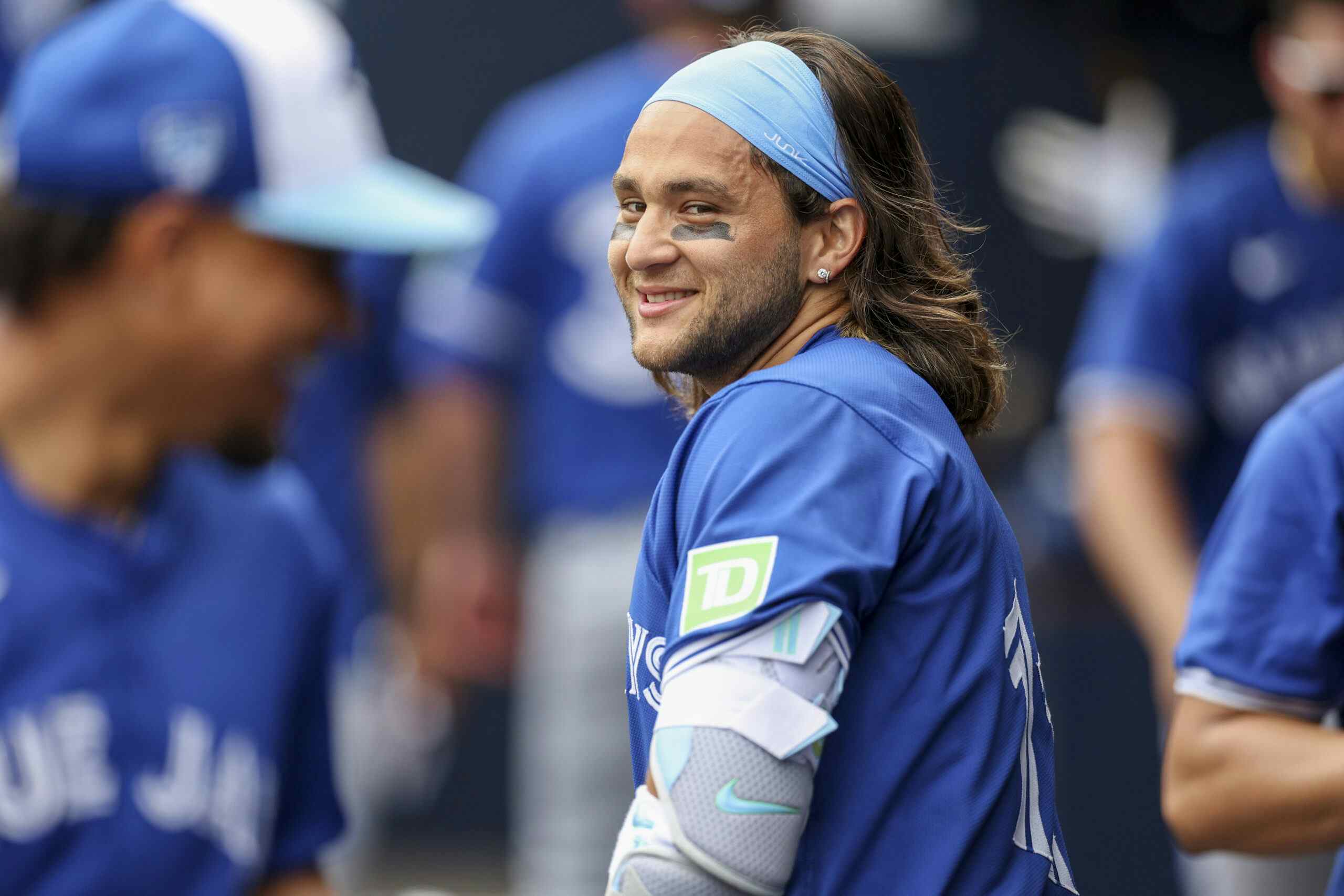20 Things: Pitching depth has become a legitimate organizational strength

By Cam Lewis
4 years agoWelcome to Blue Jays Nation’s Season In Review. Instead of doing boring-ass, standard player-by-player reviews or handing out some arbitrary report cards, I’m going to talk about 20 things that are on my mind heading into 2020. Today, we have the impressive stockpiling of pitching depth up and down the system.
When the Cleveland Crew took over the Blue Jays in 2015, they inherited a farm system that had mostly been sold off in order to fund an incredible and very necessary playoff run.
We all know the history here. Alex Anthopolous traded away a million prospects to get, over the span of a few months, Josh Donaldson, Troy Tulowitzki, David Price, LaTroy Hawkins, Ben Revere, and Mark Lowe. And it was absolutely worth it. The Jays made went on an epic run and made the playoffs for the first time since Joe Carter hit his walk-off homer to win the World Series in 1993.
Shapiro came in and apparently scolded Anthopolous and other members of the front office for going all-in and selling off so many prospects in such a short period of time. It perfectly represented the difference in philosophies between the two executives, as Anthopolous was never afraid to pull the trigger on a big deal, while Shapiro has always been the conservative type.
So when Shapiro took over in 2015, we knew what was ahead. There weren’t going to be any more out-of-the-blue 13-player Marlins trades or any more late-night “BREAKING: Tulo traded to #BlueJays.” Tweets from Ken Rosenthal. The focus was going to be shifted towards building up a massive amount of depth in the farm system and growing a team at home.
Even this winter, just a couple of months before the front office signed one of the best pitchers on the free-agent market, Hyun-Jin Ryu, to a multi-year deal, Shapiro talked about how his strategy was inclined to the internal-development of pitching.
I think we always like to develop our own pitching because if you look at the history of free-agent pitching contracts, it’s a really, really high-risk area to play in.
And after five years of the Cleveland Crew running the ship here, that’s what we have. A massive amount of depth, especially pitching, in the system. It’s become a legitimate organizational strength.
Think back to this time five years ago. The Jays had just ended their playoff drought (and I can’t stress enough that going for broke in that circumstance, with Jose Bautista and Edwin Encarnacion getting older and the playoff drought reaching 22 fucking years was absolutely the right things to do) and their top prospects list was, uh, pretty barren.
The toolsy and athletic Anthony Alford was the team’s No. 1 prospect, according to FanGraphs, and enigmatic fireballers with control issues, Conner Greene and Sean Reid-Foley were the top two pitching prospects. Looking up and down the list, Rowdy Tellez, ranked No. 5, and Ryan Borucki, ranked No. 13, are the only ones who have sorta kinda become Major Leaguers (it was too early in his career to have Vlad Jr. ranked, of course) and other top-ranked pitchers like Jon Harris, Justin Maese, and Angel Perdomo have completely fallen off a cliff.
How about now? The Blue Jays’ farm system has been completely rebuilt, and, at the forefront, is a bunch of pitching.
The top prospect out of all of them is Nate Pearson, who was drafted with the compensatory pick the Jays got for letting Edwin Encarnacion walk in 2016. Toronto’s top international free agent signing from 2017, Eric Pardinho, is now the organization’s No. 5 prospect. Alek Manoah, Simeon Woods Richardson, and Anthony Kay, who are ranked No. 3, No. 4, and No. 6, were all added during the 2019 season. Back-to-back high school picks from the second-round in 2018 and 2019, Adam Kloffenstein and Kendall Williams, are ranked No. 10 and No. 11.
That’s seven high-upside pitching prospects added in just the past few years. And that just scratches the surface. There’s upside well down the top prospect list and some interesting names don’t even make it on there.
Joey Murray, an eighth-round pick in 2018, posted a 2.75 ERA between three levels last season while striking out 11.1 batters-per-nine. He’s ranked No. 28. Thomas Hatch, the guy the Jays got back from the Cubs in exchange for David Phelps, dazzled with a 2.80 ERA with New Hampshire. He’s ranked No. 30. Josh Winckowski, a 2016 15th-round pick, wasn’t even ranked. He posted a 2.69 ERA between Lansing and Dunedin last season. The list goes on and on.
Ultimately, the best thing about all of this depth is that it keeps Toronto out of a position in which they have to rush prospects. Years ago, we saw situations in which guys like Sean Nolin and Matt Boyd were thrown into the deep end because there wasn’t anybody else to start. Guys like Miguel Castro, Dan Norris, and Aaron Sanchez were rushed through the system in order to fill short-term roles, which wasn’t ideal for their development. Now, there are so many arms up and down the system, nobody will be forced to punch above their heads.
At the Major League level, the Jays revamped their rotation by adding Ryu and Tanner Roark in free agency and acquiring Chase Anderson through trade. The rotation out of spring training figures to be Ryu, Roark, Matt Shoemaker, Anderson, and one of Ryan Borucki, Trent Thornton, Jacob Waguespack, or Shun Yamaguchi. Not only is that worlds better than watching Edwin Jackson go out and serve batting practice because there isn’t anybody else, but it also affords Toronto’s prospect depth time to develop in Triple-A.
We’ll likely see a Buffalo Bisons rotation that includes Pearson, Kay, T.J. Zeuch, Zach Jackson, and either Thornton or Borucki, or, perhaps both, depending on how that goes. That could shove Reid-Foley to the bullpen, where he might be better suited. There’s enough depth there that it potentially keeps names like Hatch, Murray, and Patrick Murphy in Double-A, while also possibly moving other names like Yennsy Diaz and Hector Perez to the ‘pen. Behind them in the lower levels are some of the highest-upside arms in the system. Manoah, Woods Richardson, Pardinho, Kloffenstein, and Williams. Again, the important thing here is that none of these pitchers are going to have to rip through three levels in one season in order to fill a glaring hole on the roster.
Circling back to Shapiro’s comment from November, pitchers are notoriously enigmatic. When investing multiple years and hundreds of millions of dollars on arms in free agency, you really don’t know what you’re going to get because injuries are so prevalent among pitchers. It’s the same deal with pitchers in the system. A high-upside arm can completely fall off a cliff due to a variety of different things, so stockpiling a lot of depth is the only way you can really guarantee some level of success when it comes to internally building a pitching staff.
We have no idea who will pan out and who won’t. Maybe Nate Pearson becomes an ace, maybe he doesn’t. Maybe Alek Manoah or Joey Murray or Thomas Hatch or Simeon Woods Richardson ends up being really good. Who knows. What we do know, though, is the more arms you have in your system, the better off you are. The Jays have done a very good job at stockpiling pitching depth up and down the system and it’s become a legitimate organizational strength.
Recent articles from Cam Lewis





